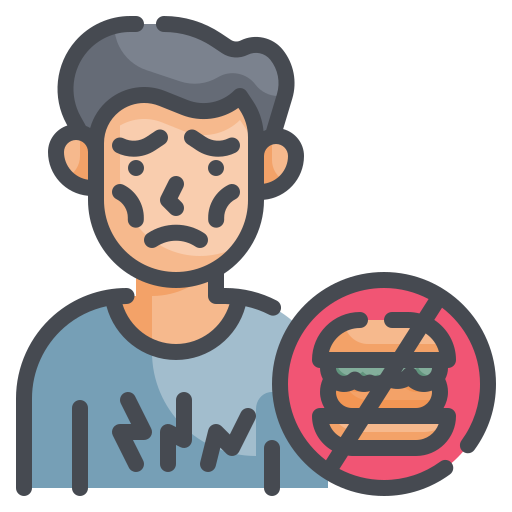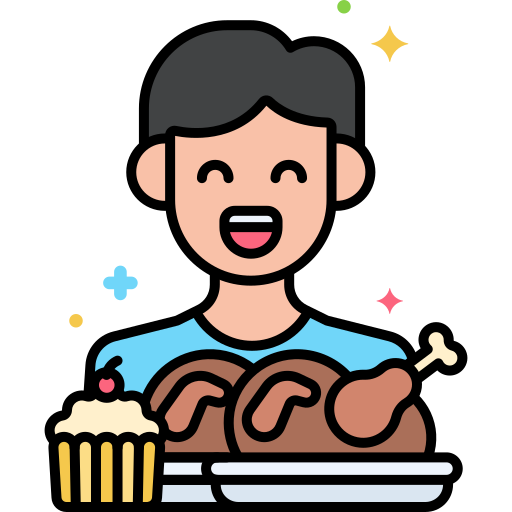
What an Eating Disorder Is Not
An eating disorder is not simply a choice to follow a diet or to lose weight. It is a serious mental health condition involving extreme behaviors related to food and body image
Eating disorders are not temporary or something that someone can "grow out of." They require professional treatment and are not just a passing phase.
Eating disorders are not about being vain or overly concerned with appearance. They involve complex psychological issues, including anxiety, depression, and distorted body image
An eating disorder is not a chosen way of life or a conscious decision to adopt certain behaviors. It is a mental illness that requires medical and psychological intervention
Eating disorders do not only affect women. They can affect people of all genders, ages, and backgrounds
While eating disorders involve behaviors related to food, they are not just about eating habits. They reflect deeper psychological issues, including control, self-esteem, and emotional distress
Recovery from an eating disorder is not simply a matter of willpo
People with eating disorders are not engaging in their behaviors to get attention. These disorders are deeply rooted in serious emotional and mental health issues

Definition: Anorexia nervosa is characterized by an intense fear of gaining weight and a distorted body image, leading to extreme restriction of food intake and severe weight loss.

Definition: Pica involves the persistent eating of non-nutritive, non-food substances, such as dirt, clay, or paper, over a period of at least one month.

Definition: Bulimia nervosa involves cycles of binge eating followed by compensatory behaviors, such as vomiting, excessive exercise, or misuse of laxatives, to prevent weight gain.

Definition: Binge-eating disorder is characterized by regular episodes of eating large quantities of food, often rapidly and to the point of discomfort, without engaging in purging behaviors.

Definition: OSFED is a category for eating disorders that do not fully meet the criteria for anorexia, bulimia, or binge-eating disorder but still involve significant distress and impairment.


Definition: Rumination disorder involves the repeated regurgitation of food, which may be re-chewed, re-swallowed, or spit out, without an underlying medical condition.
Addressing these stigmas requires ongoing education, open conversations, and promoting a better understanding of depression as a legitimate medical condition. Reducing stigma can help create a more supportive environment where individuals feel comfortable seeking help and discussing their mental health challenges.
While not all cases of depression can be prevented, especially those influenced by genetic or biological factors, there are several proactive steps individuals can take to reduce their risk and promote overall mental well-being. Here are some strategies that may help prevent depression:
Consult a therapist, dietitian, or doctor who specializes in eating disorders for proper guidance
and treatment
Surround yourself with supportive friends and family who can offer encouragement and
understanding.
Challenge negative thoughts about your body and practice self-kindness instead of self
criticism.
identify and avoid situations, people, or media that trigger unhealthy thoughts or behaviors related to
food and body image.
Shift your focus from weight to overall health and well-being by adopting balanced eating
habits and physical activity.
Learn and practice healthy ways to manage stress and emotions, such as
mindfulness, journaling, or relaxation techniques.
Learn more about eating disorders to better understand your condition and empower yourself in your
recovery journey.
Take small, manageable steps toward recovery, celebrating progress rather than perfection
If you experience these symptoms frequently and they significantly interfere with your daily life, relationships, work, or school, it may be time to seek professional help. A mental health professional, such as a psychologist, psychiatrist, or counselor, can provide a proper diagnosis and recommend an appropriate treatment plan.
Recognizing these symptoms is critical for early intervention and treatment. Eating disorders are serious mental health
conditions that can have life-threatening consequences, so seeking professional help is essential if you or someone you
know is exhibiting these signs
Eating disorders are increasingly prevalent, driven by social media and unrealistic beauty standards
Conclusion:
The rise in eating disorders is closely linked to the pervasive influence of social media and unrealistic beauty standards,
emphasizing the need for awareness and intervention

Abha Healing Foundation